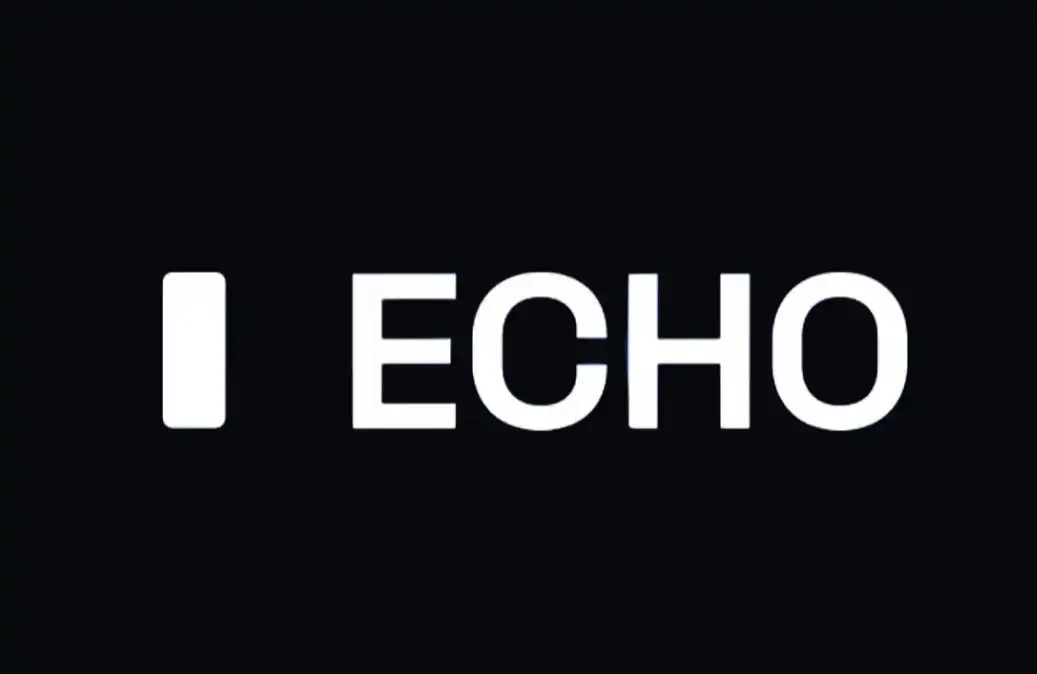Data analysis: Can Ethereum smoothly welcome the "Shanghai upgrade" on April 12th?
Source: Ebunker

Deflationary models provide price support

Since the merger, the total supply of ETH has decreased by more than 66,000 coins, and the current supply is 1.204 billion coins, with an annual inflation rate of -0.109%.

Recently, the applications that have contributed the most to the destruction of ETH include Uniswap, Tether, and the recently hyped Blur Airdrop and Arbitrum, which have caused a surge in Ethereum network activity.

According to current projections, the supply of ETH is expected to decrease to 118.1 million by 2025. Overall, as long as the Ethereum network maintains its dominant position in the Defi and NFT ecosystems, the deflationary economic model of Ethereum will continue to provide strong support for the price of ETH.
Testnet Rehearsal "Shanghai Upgrade"

Currently, about 17.61 million ETH are participating in Ethereum's PoS staking, accounting for 14.67% of the total circulating supply of ETH, with over 550,000 active validators.
In order to smoothly complete the "Shanghai Upgrade", recently, the Goerli test network, which has the most validators and closely mimics the Ethereum blockchain, simulated the "Shanghai Upgrade" so that developers can patch potential vulnerabilities before deploying the upgrade. According to multiple Ethereum core developers, validators running older versions of clients caused brief delays. However, these validators quickly joined, allowing the test network to successfully execute the upgrade.

According to the latest news from Ethereum core developers, the Ethereum network will complete the "Shanghai upgrade" on April 12th. At that time, the Ethereum network will upgrade the beacon chain consensus layer through Capella, introducing functions related to and verifying extractors, allowing stakers to extract locked ETH.
In order to ensure the smooth progress of "Shanghai Upgrade", the Ethereum Foundation has introduced a mechanism to prevent a large influx of ETH supply into the market in the short term. This is related to the current scale of collateral, which allows for a daily withdrawal limit of approximately 57,600 ETH, accounting for only 0.3-0.4% of the total ETH staked. Therefore, the ETH extracted can be relatively predictable in terms of the short-term selling pressure. After validators choose to withdraw their collateral, they will enter a withdrawal period that may last for several weeks or months.
However, it should be noted that the consensus layer interest of Ethereum for the past two years does not need to follow the upper limit of 57,600 tokens, which brings another layer of implicit selling pressure.
Chain data is biased towards bullishness

Glassnode data shows that on March 14th, the number of non-zero addresses on Ethereum reached a historical peak of 95,474,490. This indicates that the fundamentals of the Ethereum network are strong and users are still expanding.

On March 14th, the 7-day average of Ethereum network's Network Value to Transactions (NVT) ratio dropped to 59.3, the lowest value since November 19th of last year. NVT is similar to the Price/Earnings (P/E) ratio widely used in the stock market.
The decline in NVT value means that the current market value does not fully reflect the growth of network value. In other words, relatively speaking, the value processed through the network is higher than the market value. Therefore, a decrease in the NVT ratio usually means an increase in the cost-effectiveness of investing in Ethereum.

According to Santiment data, since March 9th, whale addresses holding 1,000-10,000 ETH have collectively increased their holdings by 400,000 ETH, equivalent to 600 million US dollars.

According to Glassnode data, recently, the ETH outflow on trading platforms (7-day average) has reached its highest value in three months (32,742,895), which coincides with the timing of the increase in holdings by large investors mentioned earlier.

On the other hand, according to GlassNode's data, on March 15th, the NVT (Network Value/Transaction) ratio was 98.45. This data reflects the 90-day moving average trend of daily trading volume, rather than daily valuation. Compared to recent values, the NVT signal has significantly increased, with the last time the signal reaching this level dating back to February 2020. In other words, the market capitalization of ETH has grown faster than its on-chain transaction volume, indicating a short-term premium in price.

The rise of Ethereum's MVRV ratio indicates that most addresses holding Ethereum are now in a profitable state. If the MVRV ratio continues to rise, the selling pressure from these profitable addresses may continue to increase in the future.
质押监管与质押服务商近期动态
translates to
Pledge Supervision and Recent Developments of Pledge Service Providers
in English.
Regarding regulation, there has been a new discussion about whether ETH is a security. Previously, the SEC classified ETH as a security mainly because it raised funds through ICOs in its early days. The SEC believed that investors purchased ETH with the expectation of earning profits, which is consistent with the Howey Test. Moreover, the transition to the PoS mechanism has greatly changed the issuance of Ethereum, and ETH holders can profit by staking.
Unlike the SEC's tendency to classify ETH as a security, CFTC Chairman Rostin Behnam expressed the opposite view, stating that ETH is a commodity because it has been listed on CFTC trading platforms for a long time and the CFTC has the authority to oversee its derivative products and underlying markets.
If digital assets such as ETH and stablecoins are classified as securities, it would mean more restrictions, such as forcing regulated securities to comply with the reporting and registration standards provided by the Securities Act of 1934, which would hinder innovation in the industry. On the other hand, if ETH is classified as a commodity, it would mean fewer restrictions and growth potential.

Regarding the pledge service provider, Lido Finance, which controls about one-third of the total ETH pledge, is striving to become more decentralized. Lido is expected to complete all on-chain code audits by the end of April, plus an additional two weeks of security buffer. The current expectation is that ETH mainnet withdrawals can be executed around mid-May.
Rocketpool is also preparing for an upgrade that will lower the minimum deployment threshold for validator nodes from 16 ETH to 8 ETH. Rocketpool is also exploring other upgrades to further lower the staking threshold for institutional users.
Another major ETH staking service provider, Coinbase, said it will start accepting requests to withdraw staked ETH within 24 hours of "Shanghai upgrade" completion. However, this does not mean that users will be able to withdraw their ETH immediately, as "the process of withdrawing staked ETH is controlled by the Ethereum protocol, and as a service provider, Coinbase cannot give an exact withdrawal waiting time." Once the staked withdrawal is processed and released on the Ethereum chain, Coinbase will immediately confirm that the user has received their staked ETH (including staking rewards).
In addition, the non-custodial ETH staking service provider Ebunker stated that "Shanghai Upgrade" is actually the last step for Ethereum to transform from PoW to PoS. After the Shanghai Upgrade is completed, Ethereum's scaling plan, such as EIP-4844, will be able to be better promoted.
From the data on the Ethereum blockchain, the withdrawal mechanism established by the Ethereum Foundation, and the response strategies of major ETH staking service providers, it can be seen that the process of withdrawing ETH staking will last for several weeks or even months. It is expected that the "Shanghai Upgrade" in April will be relatively smooth, and in the long run, ETH staking will become an important "cash cow" for crypto long-termists seeking stable profits.
This article is from a submission and does not represent the views of BlockBeats.
Welcome to join the official BlockBeats community:
Telegram Subscription Group: https://t.me/theblockbeats
Telegram Discussion Group: https://t.me/BlockBeats_App
Official Twitter Account: https://twitter.com/BlockBeatsAsia


 Forum
Forum Finance
Finance
 Specials
Specials
 On-chain Eco
On-chain Eco
 Entry
Entry
 Podcasts
Podcasts
 Activities
Activities
 OPRR
OPRR








